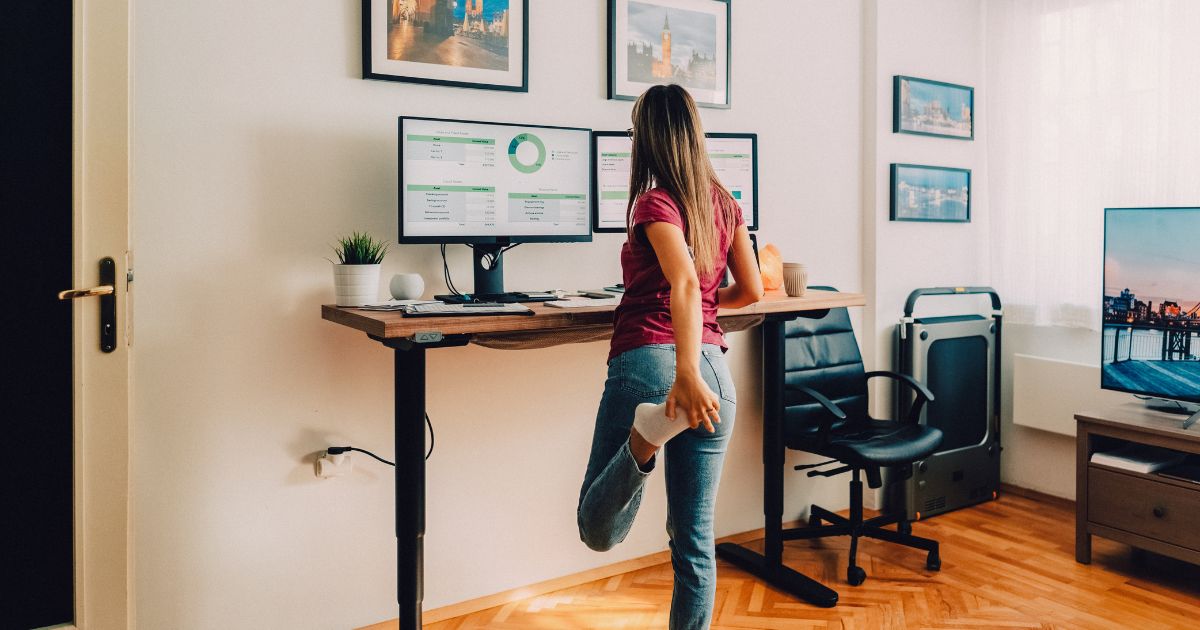
Standing Desks & Spinal Support: Tips for Smarter Use
You’ve likely heard the term “sitting is the new smoking” due to the health risks associated with being sedentary. In response, many people are seeking simple ways to incorporate more movement into their day, even while working. Standing desks are popular in many workplaces, offering an alternative to long hours of sitting. But like any tool, how you use it can make all the difference in how your body responds.
Finding the Right Balance
It’s important to note that standing all day isn’t necessarily better than sitting all day; it’s the balance between the two that matters. Switching between sitting and standing every 30 to 60 minutes may help reduce fatigue and muscle stiffness. If you’re using a standing desk, pay attention to how you’re standing. Locking your knees or leaning to one side over time can place extra pressure on your back or hips.
Small Adjustments, Big Results
Your monitor should be at eye level, with your shoulders relaxed and wrists in a neutral position. A footrest or small step can also be useful – resting one foot at a time may help shift weight and support posture. Supportive footwear or a cushioned mat can reduce strain on your feet and legs if you stand for long periods.
It’s Not About Perfection
A standing desk won’t automatically improve posture, but when used effectively, it can support a more active and engaged workday. Paying attention to how your body feels throughout the day can help guide you in making small changes that add up.
Movement Still Matters
Even with a standing desk, regular movement is key. Shifting your weight, taking short walks, or stretching can prevent stiffness and support better circulation throughout the day.
Want help making your workday more posture-friendly? We’re happy to chat – feel free to get in touch for practical tips and support.
